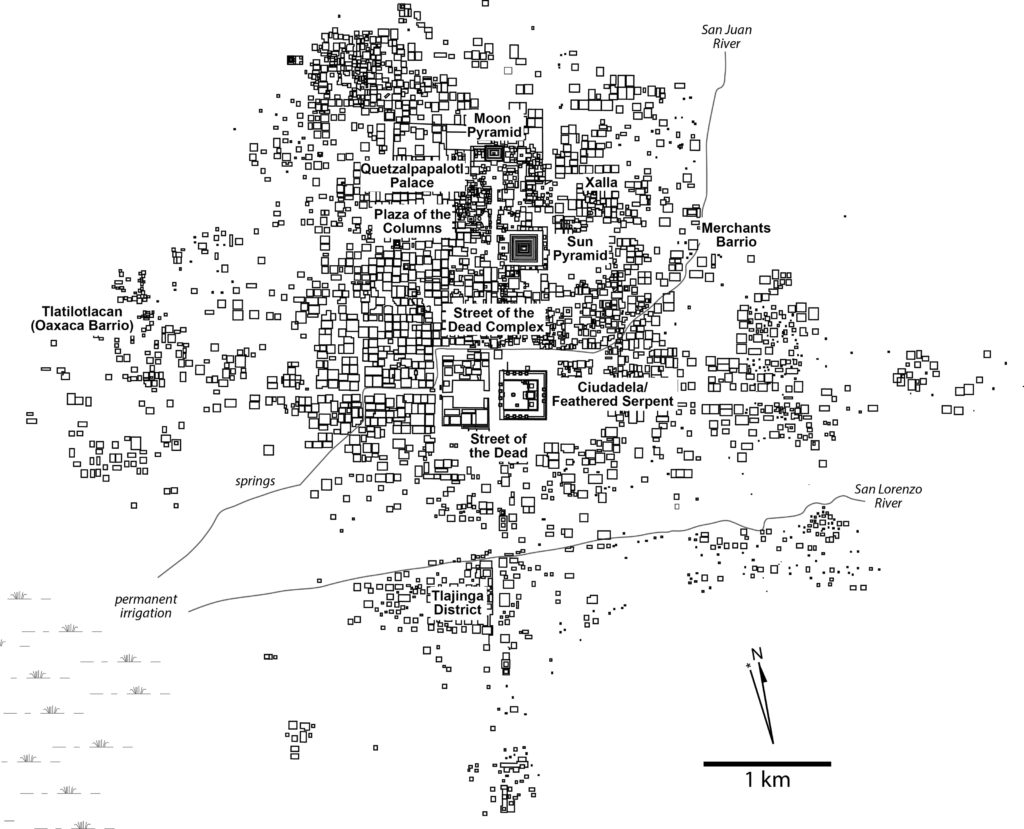De l’an 1 à l’an 1000 (p. 85)
<< Retour
Iconographie : voir bas de page.
Bibliographie
- ‘T Hart, Marjolein, « Cities and Statemaking in the Dutch Republic, 1580-1680 » Theory and Society, vol. 18, n° 5, 1989.
- Abrahamse, Jaap Evert, De grote uitleg van Amsterdam : stadsontwikkeling in de zeventiende eeuw, Amsterdam Institute for Humanities Research (AIHR), 2010.
- Abrahamse, Jaap Evert, Metropolis in the Making : A Planning History of Amsterdam in the Dutch Golden Age. Brepols, 2019.
- Ahmed, H. F. et Kamel, B., « Cairo : Three Cities, Three Periods, Three Maidans », Built Environment, vol. 22, 1996, p. 104-123.
- Ahsan, M. M., Social Life under the Abbasids, 170-289 AH, 786-902 AD, Longman Publishing Group, 1979.
- Aliquot Julien, « Le gouverneur et le juriste : l’inscription de Béryte en l’honneur du consulaire Appius Alexander », Cahiers du Centre Gustave Glotz, vol. 26, 2015. p. 191-198.
- Al-Saad, Lamia, « Béryte, nourrice des cités », L’Orient littéraire, 29 septembre 2023.
- Baires, Sarah E., Land of Water, City of the Dead : Religion and Cahokia’s Emergence, University of Alabama Press, 2017.
- Béguin, Marine, « L’histoire des ordures : de la préhistoire à la fin du dix-neuvième siècle », VertigO, vol. 13, n° 3, décembre 2013.
- Bournon, Fernand, Histoire de Paris, Grafik Plus, 1977.
- Catherine Saliou, Le Proche-Orient : De Pompée à Muhammad, ier s. av. J.-C. – viie s. apr. J.-C., Belin, 2020.
- Daniels, Patricia S., « L’Empire maurya, la puissance oubliée de l’histoire indienne », National Geographic, 12 octobre 2022.
- Deneweth, Heidi, « Building regulations and urban development in Antwerp and Bruges, 1200-1700 », dans Slater, T. R. et Pinto, S. M. G. (éd.), Building regulations and urban form, 1200-1900, Routledge, 2018.
- Duchêne, Roger et Contrucci, Jean, Marseille : 2 600 ans d’histoire, Fayard, 1998.
- Dumolyn, Jan et al., « The Urban Landscape II : C.1275-c.1500 », dans Brown, Andrew et Dumolyn, Jan (éd.), Medieval Bruges : c. 850-1550, Cambridge University Press, 2018.
- Fierro Albert, Histoire et dictionnaire de Paris. Robert Laffont, 1996.
- French, Kirk D., Duffy, Christopher J. et Bhatt, Gopal, « The hydro archaeological method : a case study at the Maya site of Palenque », Latin American Antiquity, vol. 23, n° 1, 2012.
- Freund, Bill, The African City : A History, Cambridge University Press, 2007.
- Frommel, Christoph L, « Papal Policy : The Planning of Rome during the Renaissance », Journal of Interdisciplinary History, vol. 17, n° 1, 1986.
- Grabar, Oleg, « The Mosque », The Formation of Islamic Art, Yale University Press, 1987.
- Hanson, John W. et al., « Urban Form, Infrastructure and Spatial Organisation in the Roman Empire », Antiquity, 2019.
- Hill, Sarah, « Making Garbage, Making Land, Making Cities : A Global History of Waste in and out of Place », Global Environment, vol. 9, n° 1, 2016.
- Jouquand, Anne-Marie, « La gestion des déchets dans la ville antique et médiévale », Suppléments à La Revue Archéologique Du Centre de La France, vol. 30, n° 1, janvier 2007.
- Judde de Larivière, Claire, « De la Venise médiévale à la Rome d’aujourd’hui : la gestion des déchets et les formes de la participation citoyenne », À l’École de toute l’Italie, 2024.
- Judde de Larivière, Claire, L’ordinaire des savoirs. Une histoire pragmatique de la société vénitienne (xve-xvie siècle), EHESS, 2023.
- Kaul; S., « Regional study: Pataliputra », dans Benjamin, C. (éd.), The Cambridge World History, Volume 4: A World with States, Empires and Networks 1200 BCE–900 CE, Cambridge University Press; 2015, p. 514-536.
- Krautheimer, Richard, « Hagia Sophia and Allied Buildings », Early Christian and Byzantine Architecture, Yale University Press, 1986.
- Krautheimer, Richard, « Standard building in the Age of Justinian », Early Christian and Byzantine Architecture, Yale University Press, 1986.
- La Rédaction de National Geographic, « After Alexander the Great’s death, this Indian empire filled the vacuum », National Geographic, 4 octobre 2022.
- La Rédaction de National Geographic, « Ashoka, l’empereur indien passé de la conquête à la non-violence », National Geographic, non daté.
- La Rédaction de National Geographic, « Mauryan Empire », National Geographic, 19 octobre 2023.
- Lavedan, Pierre, Nouvelle Histoire de Paris : Histoire de l’urbanisme à Paris, Association pour la publication d’une Histoire de Paris, 1993.
- Lopez, R. S., « The Evolution of Land Transport in the Middle Ages », Past and Present, vol. 9, n° 1, 1956, p. 17-29.
- Martín-Talaverano, Rafael et Murillo-Fragero, José Ignacio, « Construction Materials and Scaffoldings during the Middle Ages : A Comparative Analysis of Case Studies in Castile and Leon, Spain (xie-xvie Centuries) », Construction History, vol. 35, n° 2, 2020.
- Meenakshi, J, « Searching for traces of the ancient Chola dynasty », National Geographic, janvier 2023.
- Micheau, Françoise, « Baghdad, an Imperial Foundation (762-836CE) » dans Norman Yoffee (éd.), The Cambridge World History, Cambridge University Press, 2015.
- Mustafa Hashim Abu Zaid Ahmed Albadri, Doaa, « The Evolution of Cordoba : Past, Present and Future in Islamic Urbanism Presentation », Sustainable Islamic Urbanism, 2023.
- Oostindie, Gert (éd.), Colonialism and Slavery : An Alternative History of the Port City of Rotterdam, Leiden University Press, 2021.
- Ossa, Alanna, Smith, Michael E. et Lobo, José, « The Size of Plazas in Mesoamerican Cities and Towns : a quantitative analysis », Latin American Antiquity, 2017.
- Ousterhout, Robert, « Justinian’s building program and Sixth century developments », Eastern Mediterranean Architecture : The Building Traditions of Byzantium and Neighbouring Lands, Oxford University Press, 2019.
- Ousterhout, Robert, « The Holy space : architecture and the liturgie », dans Safran, Linda (éd.), Heaven on Earth : Art and the Church in Byzantium, Pennsylvania University Press, 1998.
- Piccoli, C., « Home-Making in 17th Century Amsterdam : A 3D Reconstruction to Investigate Visual Cues in the Entrance Hall of Pieter de Graeff (1638-1707) », dans Landeschi, G. et Betts, E. (éd.), Capturing the Senses. Quantitative Methods in the Humanities and Social Sciences. Springer, 2023.
- Pieri, Dominique, « Béryte dans le grand commerce méditerranéen. Production et importation d’amphores dans le Levant protobyzantin (ve – viie s. ap. J.-C.) », Topoi. Orient-Occident. Supplément 8, 2007.
- Pye, Michael, Antwerp. The Glory Years, De Bezige Bij, 2021.
- Raymond, André, Le Caire, Fayard, 1993.
- Ross, Michael Franklin, Beyond Metaboline The New Japanese Architecture, Architectural Record Books, 1978.
- Rouleau Bernard, Paris. Histoire d’un espace, Seuil, 1997.
- Service patrimoine de la Ville de Bourges, « Histoire de Bourges », textes de l’exposition permanente, 2024.
- Stavros, Matthew, Kyoto : An Urban History of Japan’s Premodern Capital, University of Hawaï Press, 2014.
- Van der Burg, Martijn, « Law enforcement in Amsterdam. Between tradition and modernization », dans Van der Heijden, Manon et al., Serving the Urban Community : The Rise of Public Facilities in the Low Countries, Aksant, 2009.
- Vandenbohede, Alexander, « Potable water for a city : A historic perspective from Bruges, Belgium », Hydrogeology Journal, 2014.
- Venegas, Benito, « Space and Population in Palenque at the End of the Late Classic », Institute of Maya studies, vol. 38, 2009.
- Yegül, Fikret et Favro, Diane, Roman Architecture and Urbanism, Cambridge University Press, 2019.
Iconographie
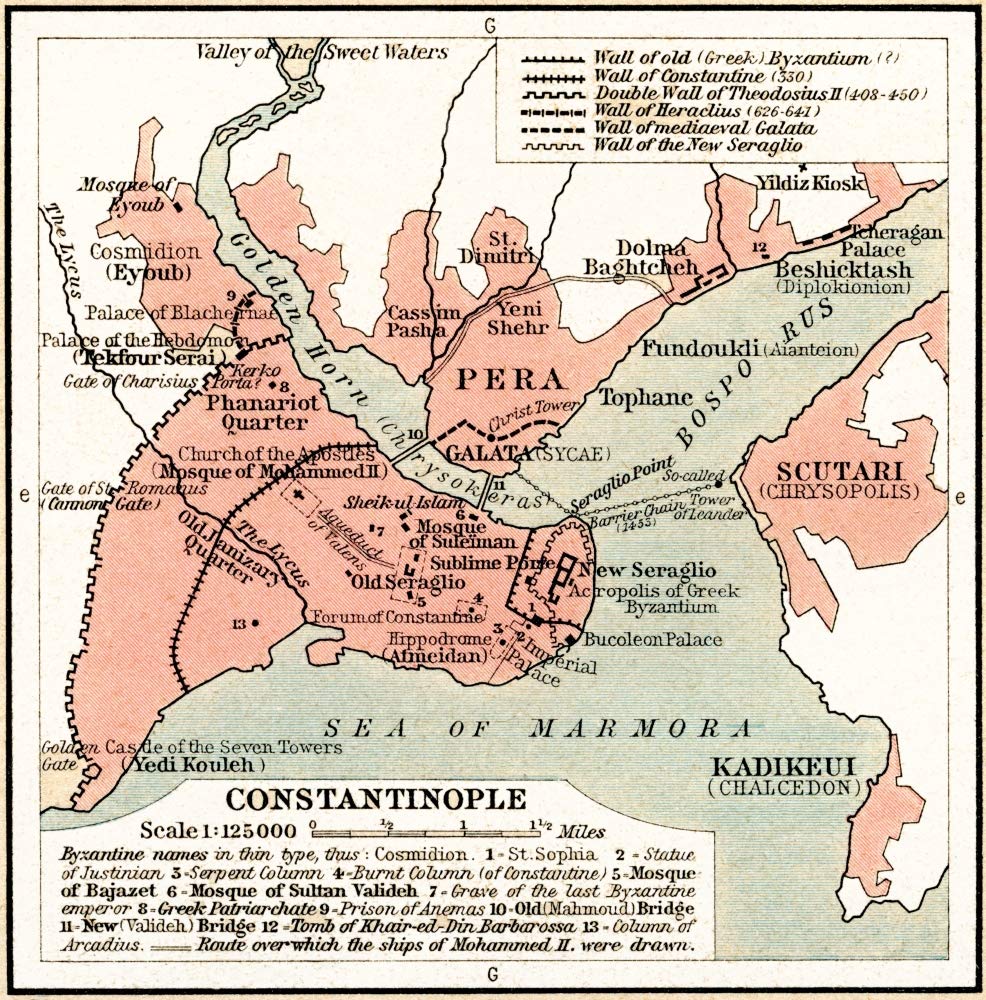
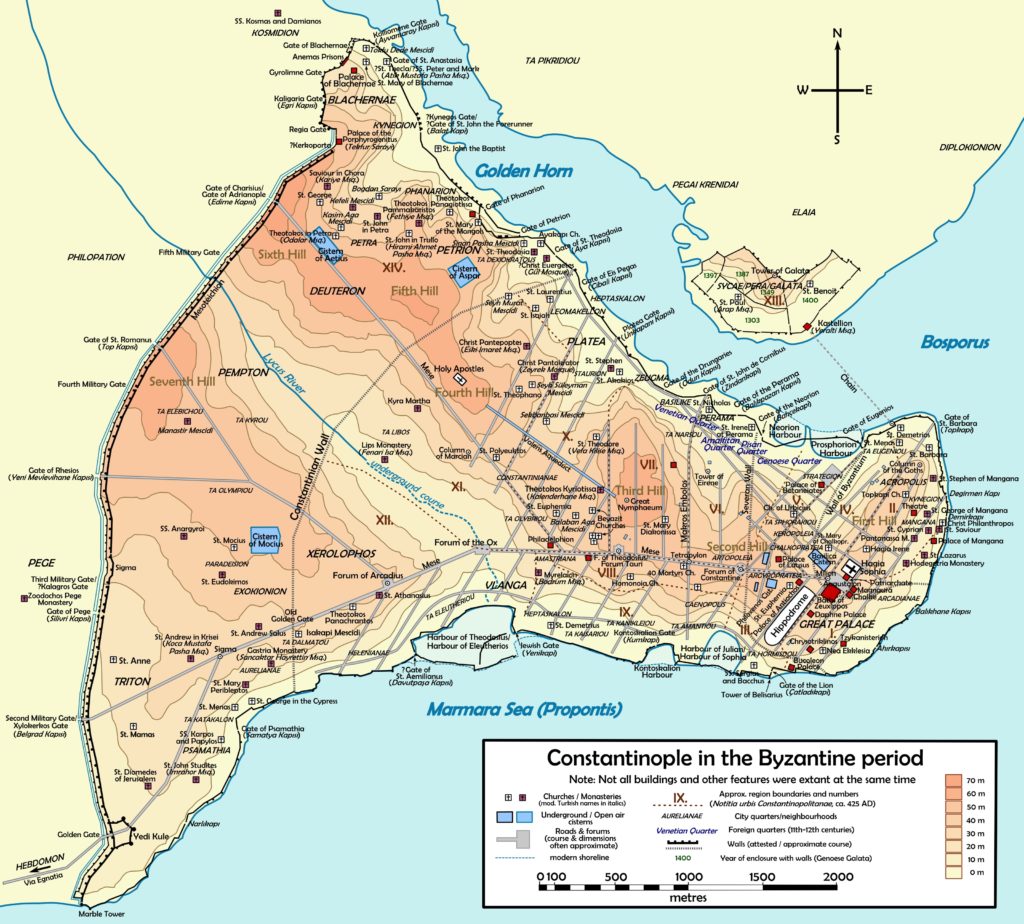
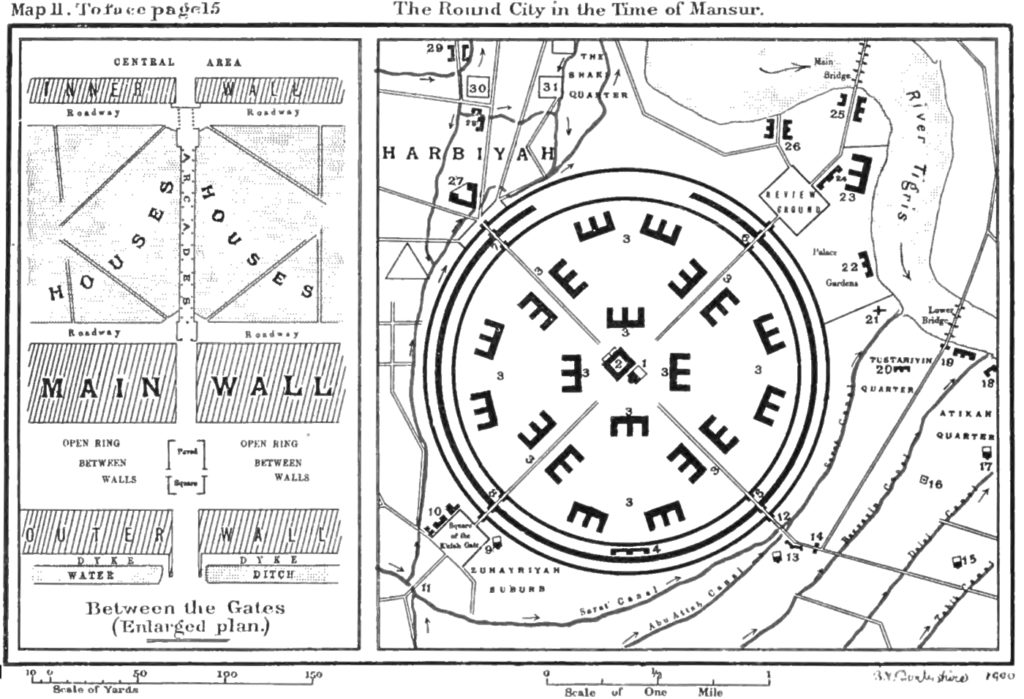
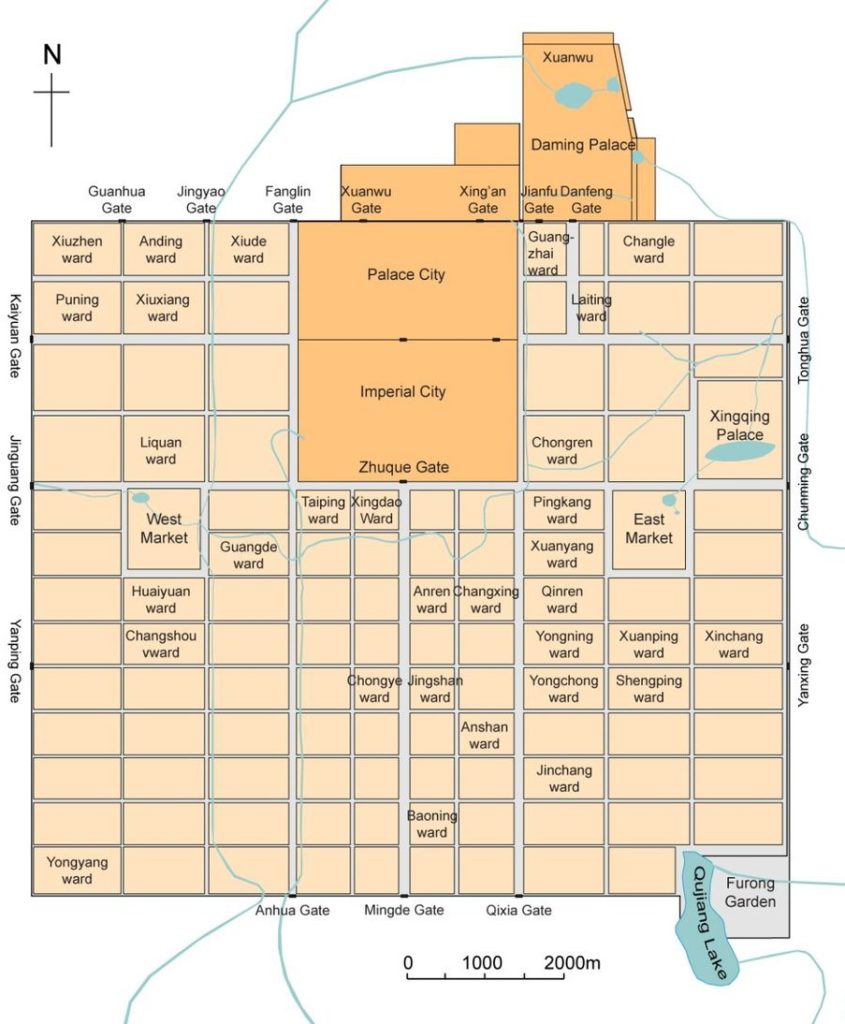

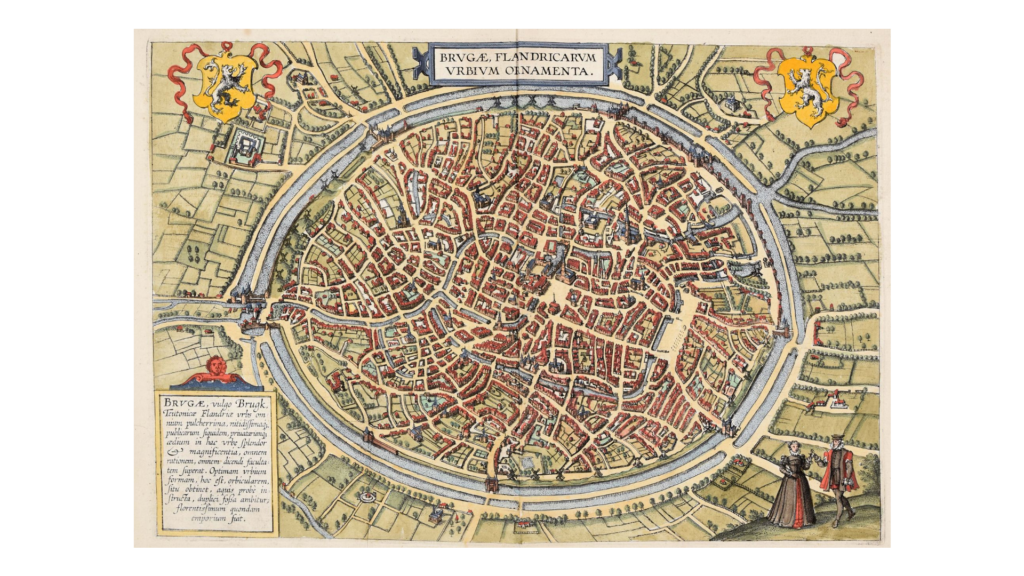
- Plan de Paris en 1000 par Michel Huard, Atlas Historique de Paris, 2010. Lien vers l’image : https://paris-atlas-historique.fr/resources/paris+1000.pdf
